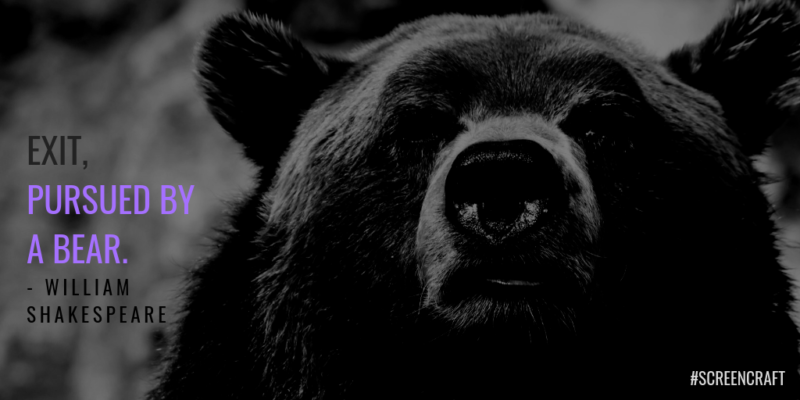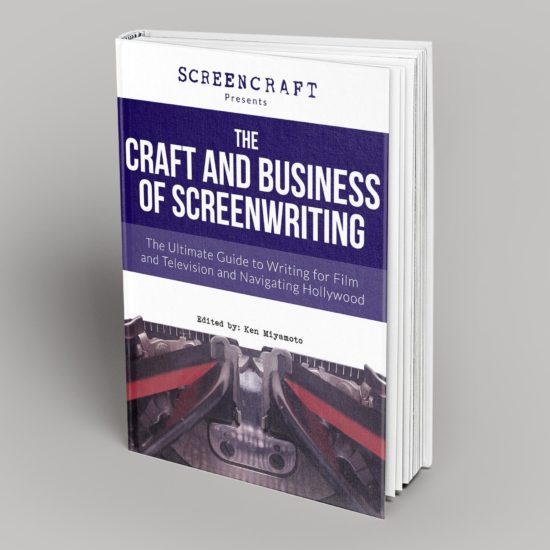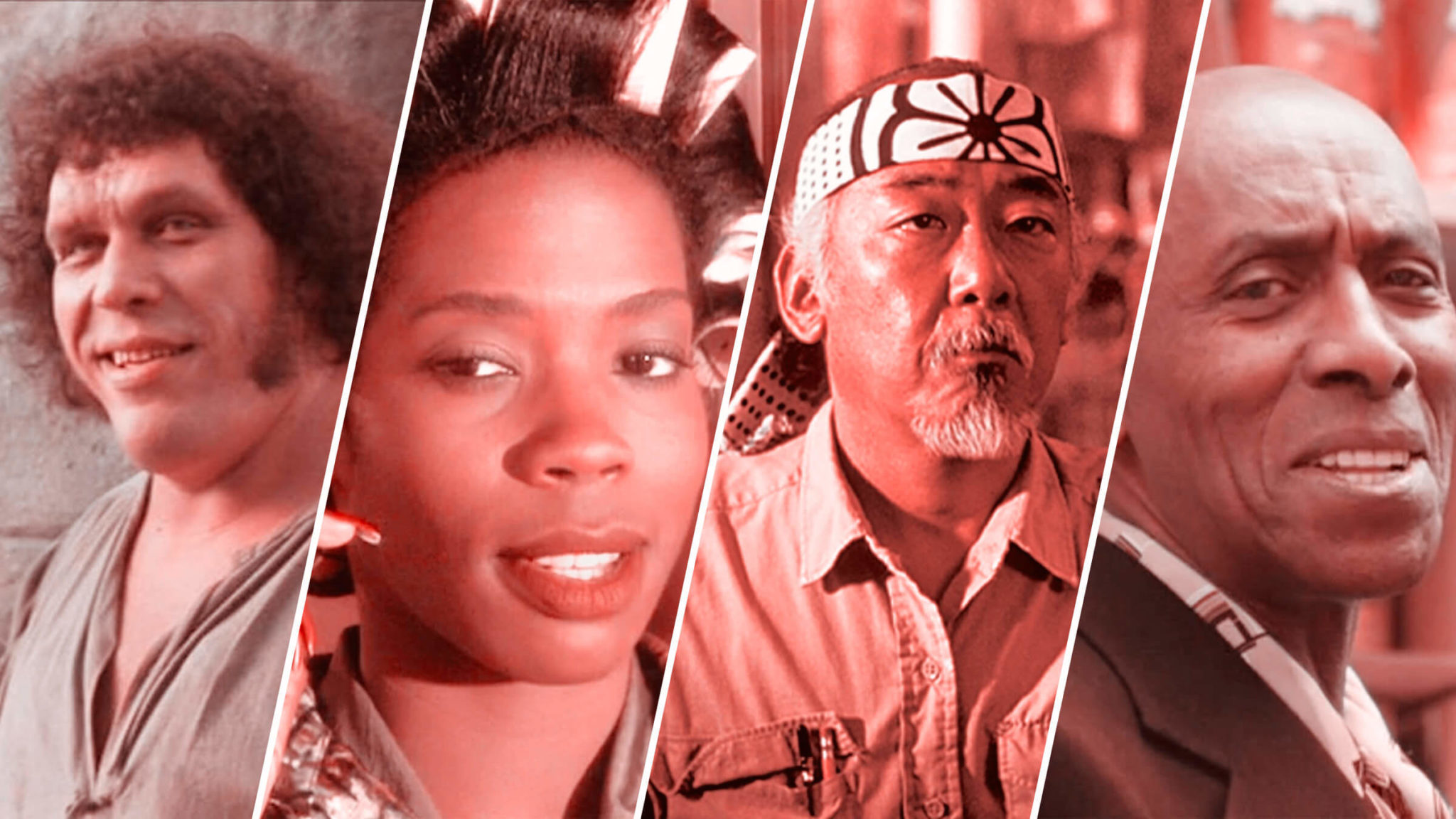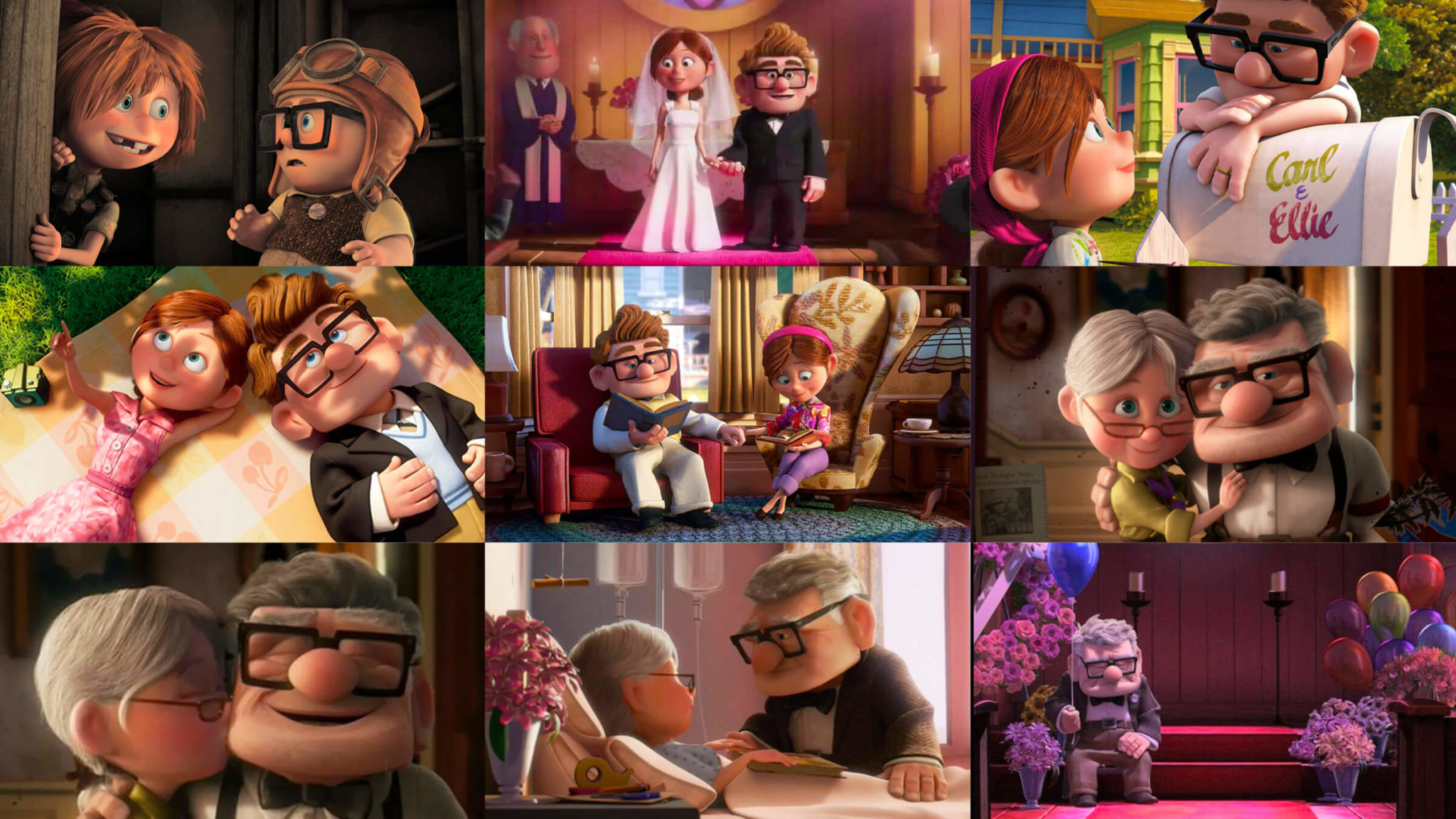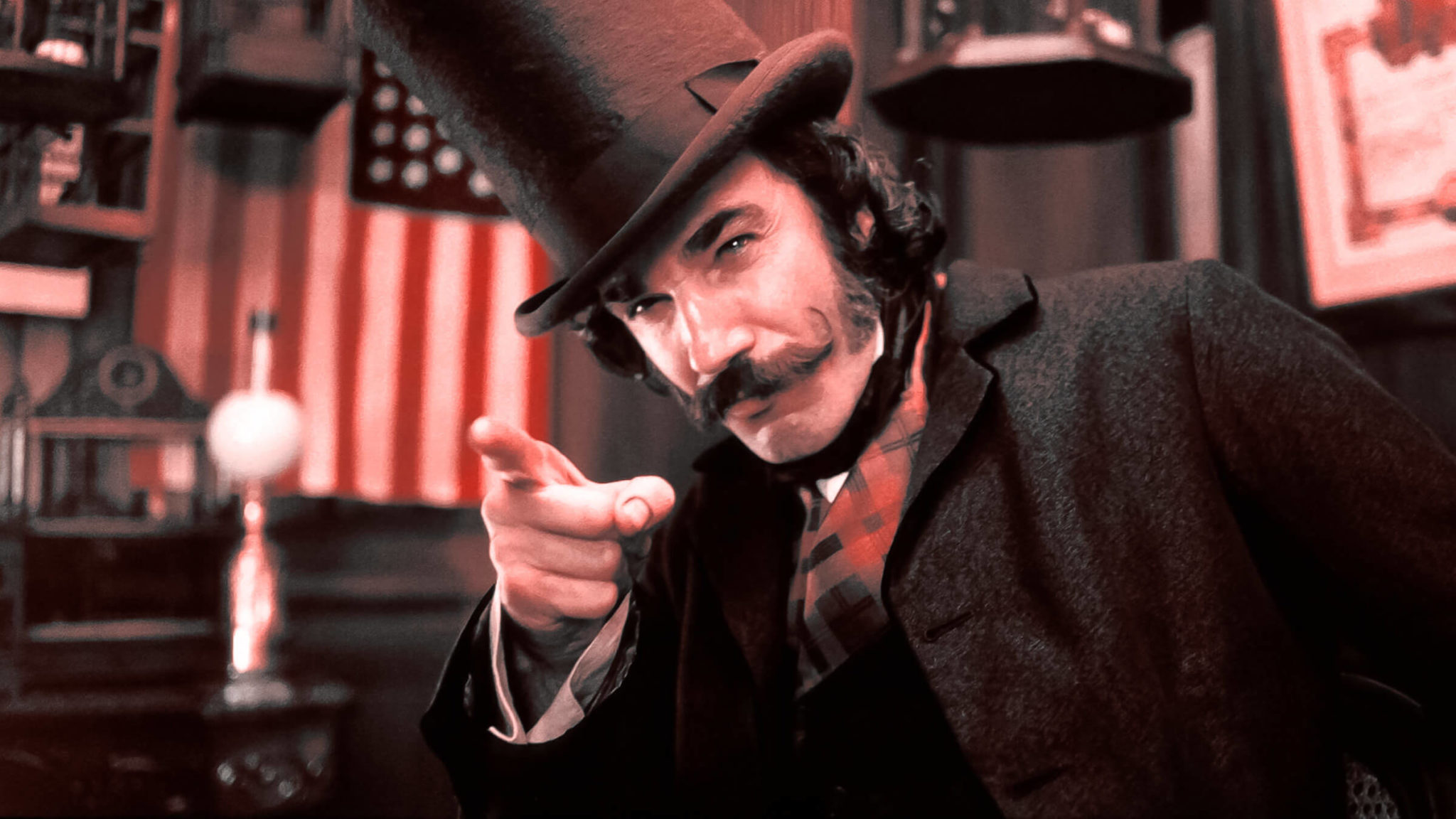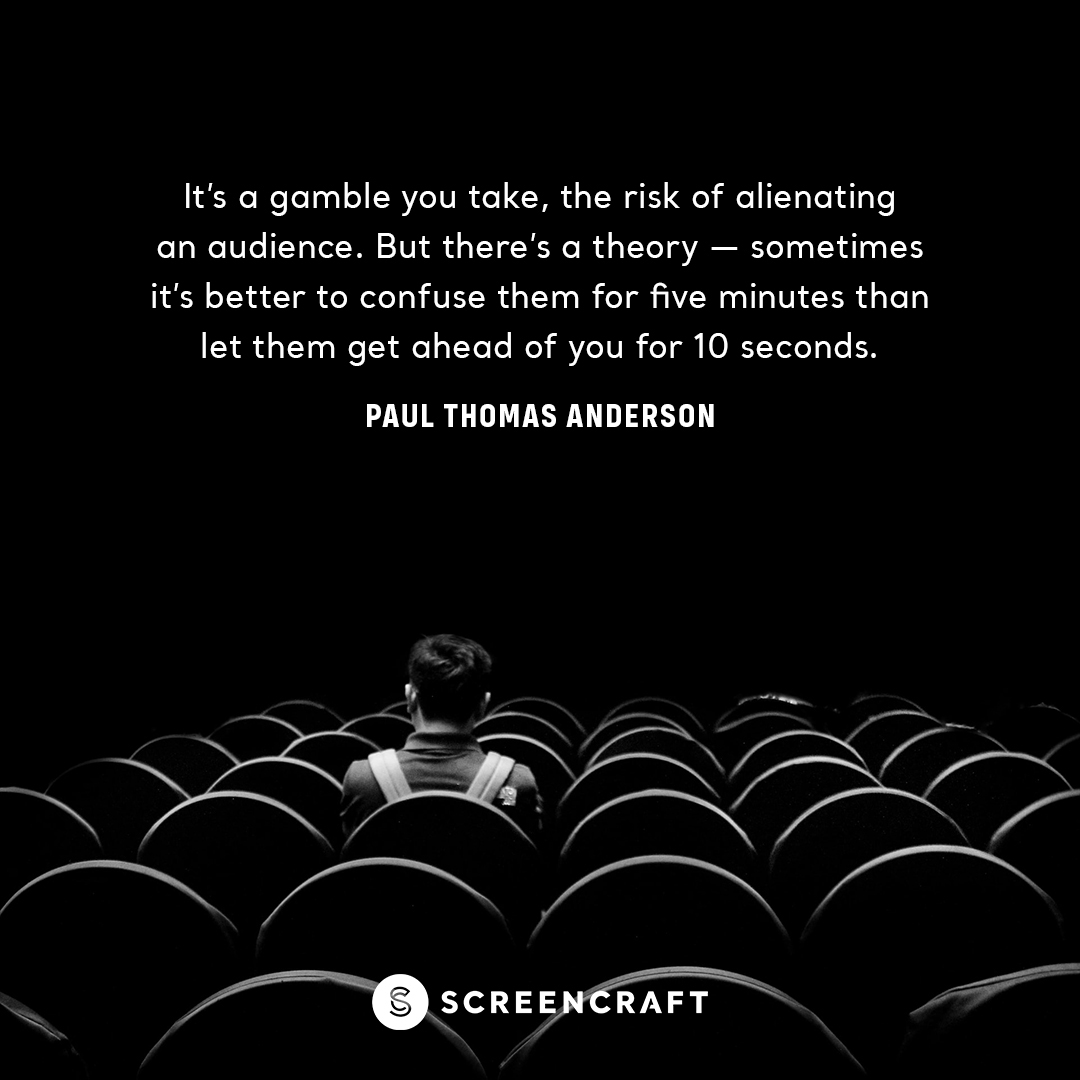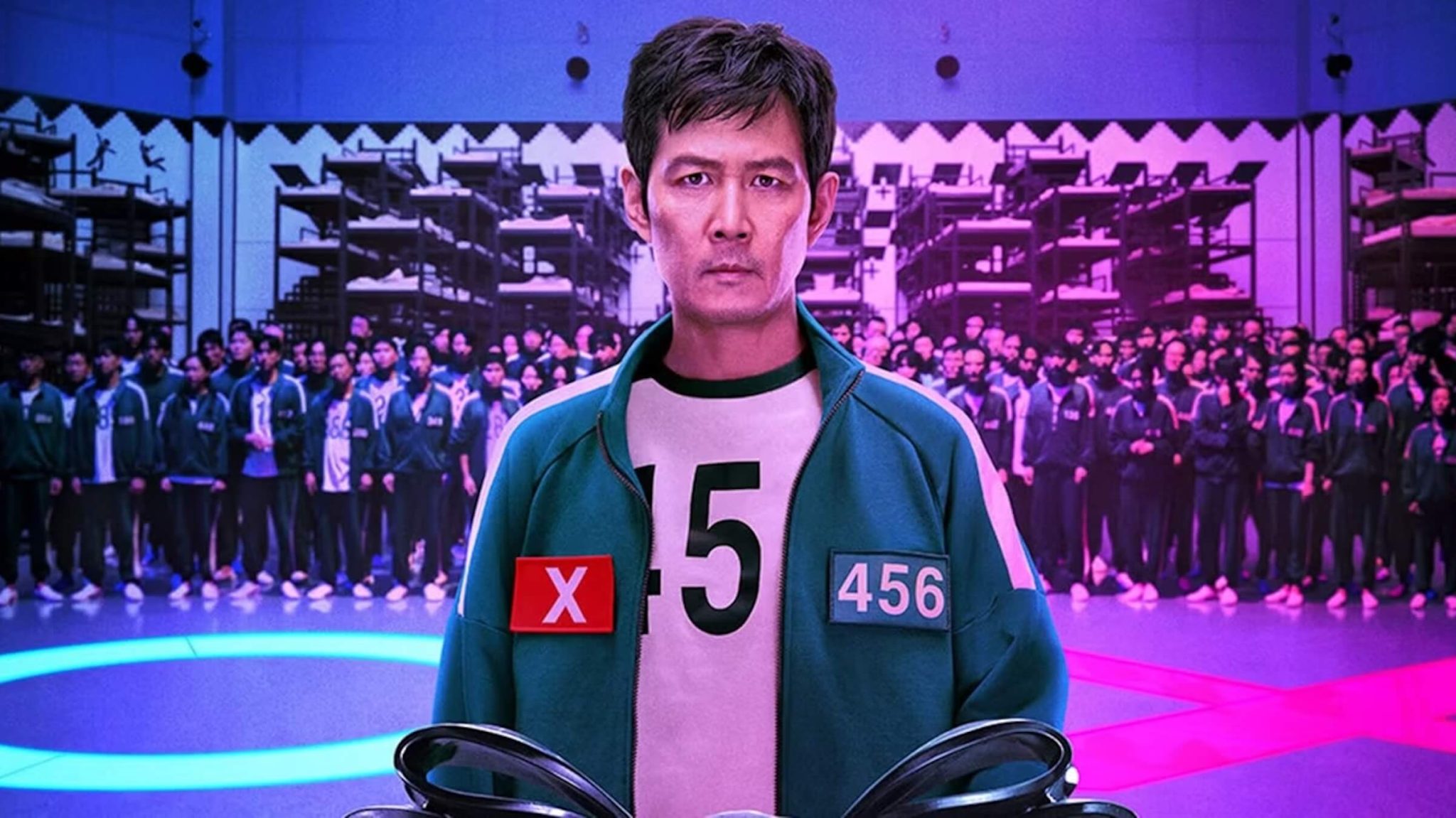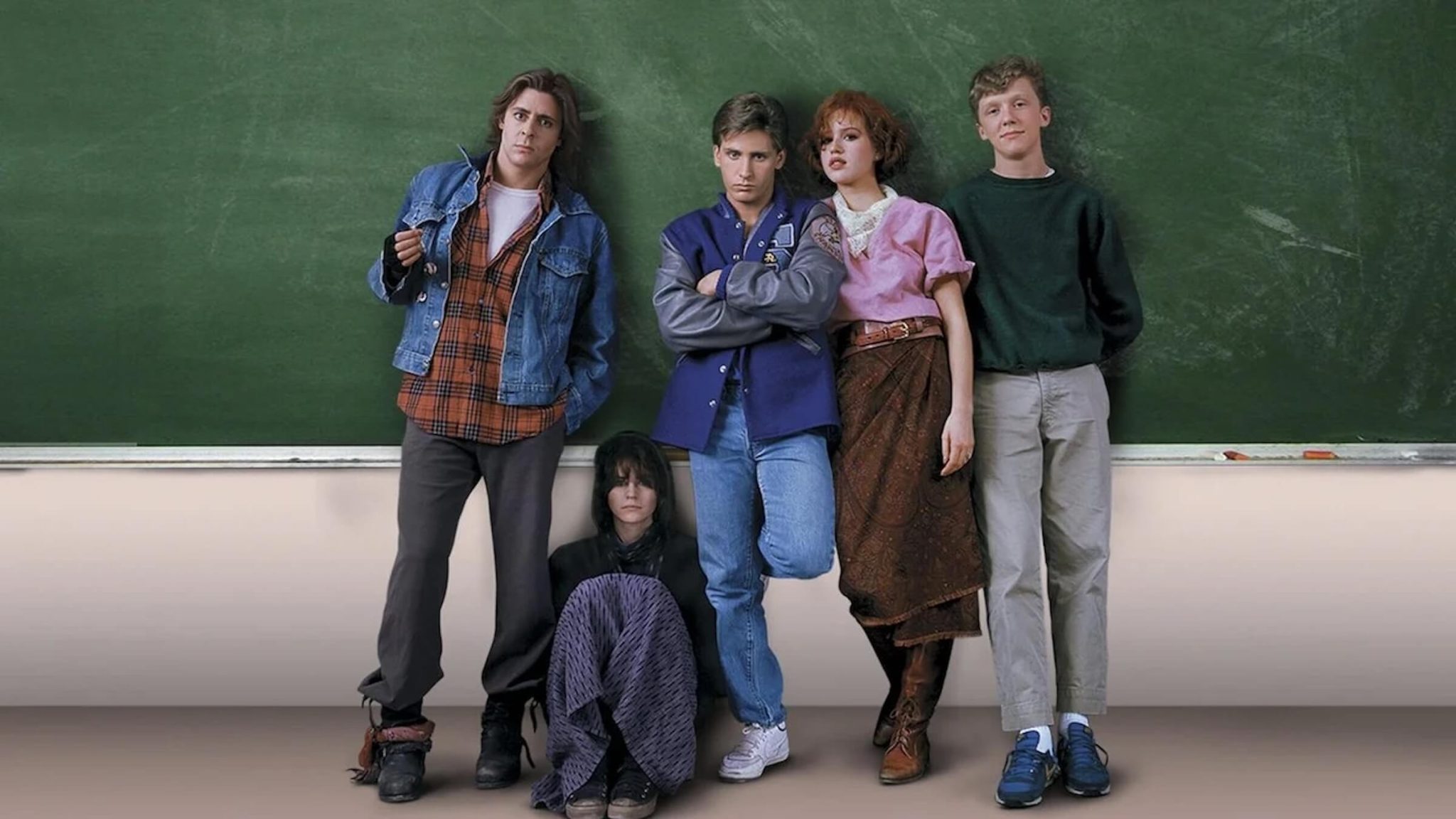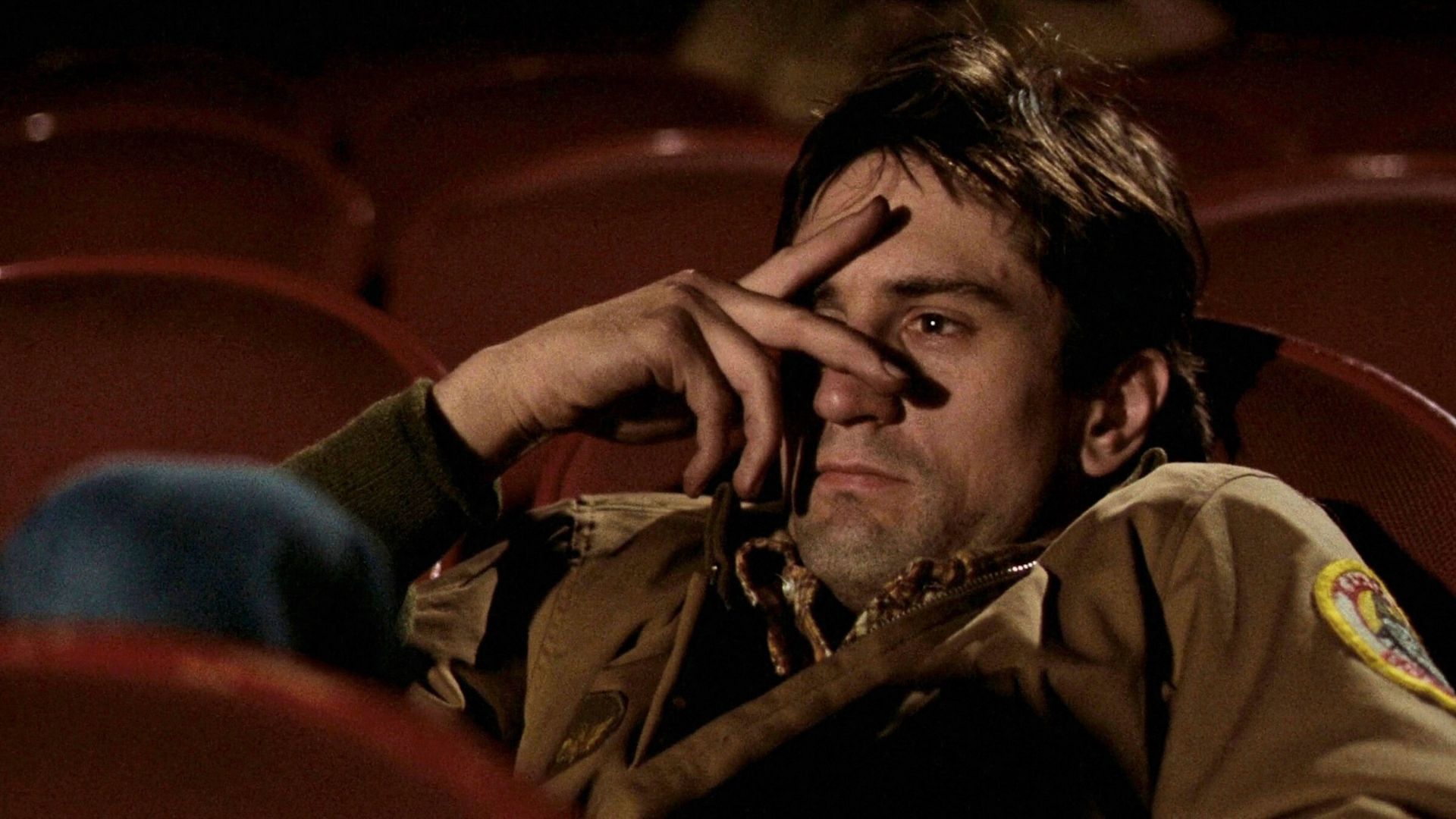How to Adapt a Screenplay into a Stage Play: Rising Tension
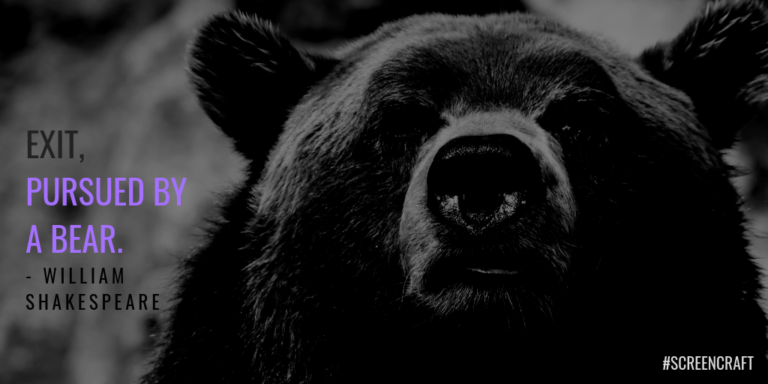
This is part three of four in ScreenCraft’s series on adapting a screenplay into a stage play.
If you’ve missed the previous notes on Major Dramatic Question and Character Conflict, be sure to check those out as well.
In the meantime, lights… camera… tension.
Have a stage play that needs to be produced? Enter the ScreenCraft Stage Play Contest here.
Note #3: Rising Action Tension
Superficially, if you’ve read both a play and screenplay (and I hope for your sake that you have) you’ve noticed the wildly few action lines in a play, versus the predominant action lines in a screenplay.
Of the limited stage directions in a play, even those are wildly disregarded (or at least loosely interpreted—otherwise we’d see a lot more classically trained bears) while the dialogue is determinedly upheld. In a play, the dialogue IS the action.
This is particularly apparent in frequently remounted stories on stage and screen. Take the upcoming A Star Is Born, this time starring Bradley Cooper and Lady Gaga. The movie will be vastly different than the Gaynor, Garland, or Streisand tellings that have come before, with maybe a line in common (maybe). In fact, one will have to break down the story to its core action beats before the similarities to its predecessors are apparent.
2018 Trailer:
1976 Trailer:
On the other hand, to change a single line of Death of a Salesman would be heresy. A theatre production might change everything else, even set it in a different time period, but the dialogue is so much the source of rising action that to change it would be to remove a whole step on the escalator ride toward the climax.
This is due to the way each form creates dramatic tension.
A story is like a tennis match, told on a volley of actions and reactions. The longer the volley lasts, the more the audience holds their breath with rapt attention waiting for the resolving shot.
In a movie, the shots themselves are the volley, the cuts typically increasing their pace and tightening in on the characters until a final, balanced wide shot resolves the scene’s tension.
When adapting a screenplay to a play, the action/reaction told in pictures must be converted into dialogue, with each line fired between characters building the tension until a final, clinching statement.
Sometimes that tension will be built consistently over 90 minutes—a challenge indeed—using the pace of dialogue and the actors’ blocking. Other times transitions such as blackouts or, more commonly, character entrances and exits create “french scenes” that allow for new arcs.
So much of a good play or movie (or life itself, for that matter) is based on strong transitions, spend a lot of time on yours!
- Read a play. In each line of dialogue, find the specific word that inspires the next character to react. How can you apply that same action/reaction to your dialogue?
- How is the rising action conveyed in your screenplay, and how can you convert that into dialogue in a single (or few) locations?
- How can you use transitions organic to the medium to build and release tension?
More from this series: How to Adapt a Screenplay into a Stage Play: The Major Dramatic Question, How to Adapt a Screenplay into a Stage Play: About the Audience, and How to Adapt a Screenplay into a Stage Play: Characters in Conflict
For all the latest ScreenCraft news and updates, follow us on Twitter, Facebook, and Instagram.
Get Our Screenwriting Newsletter!
Get weekly writing inspiration delivered to your inbox - including industry news, popular articles, and more!


